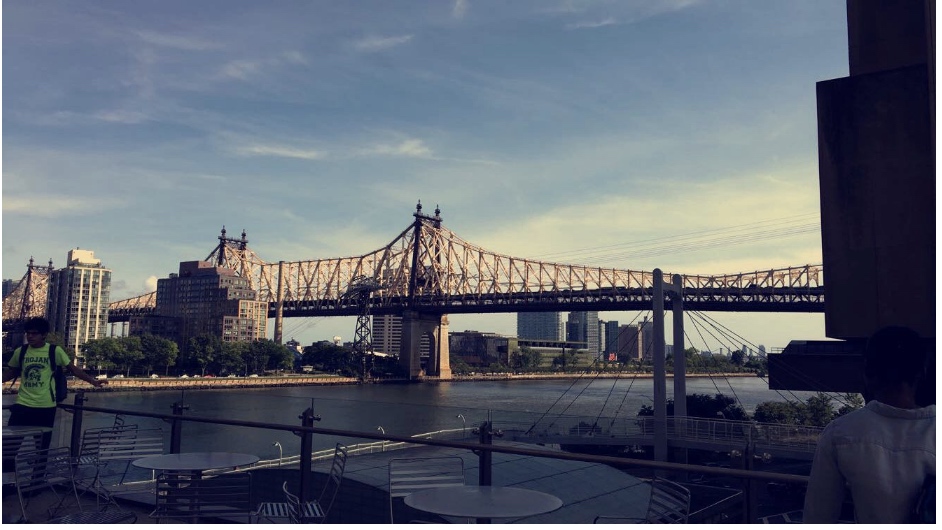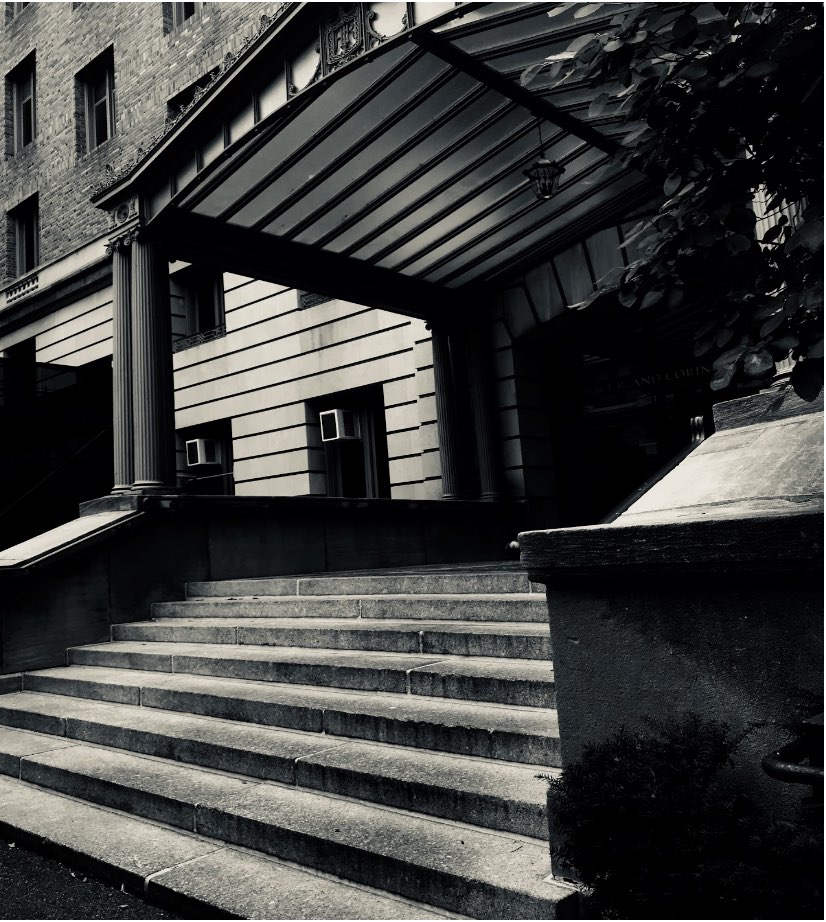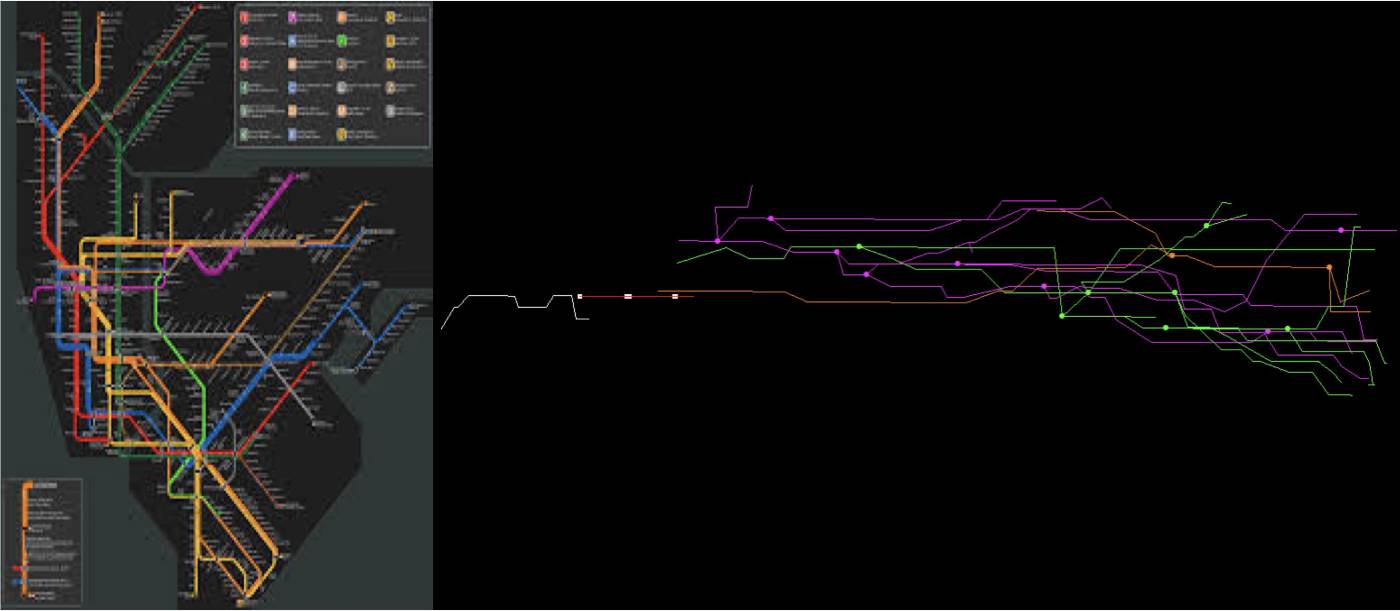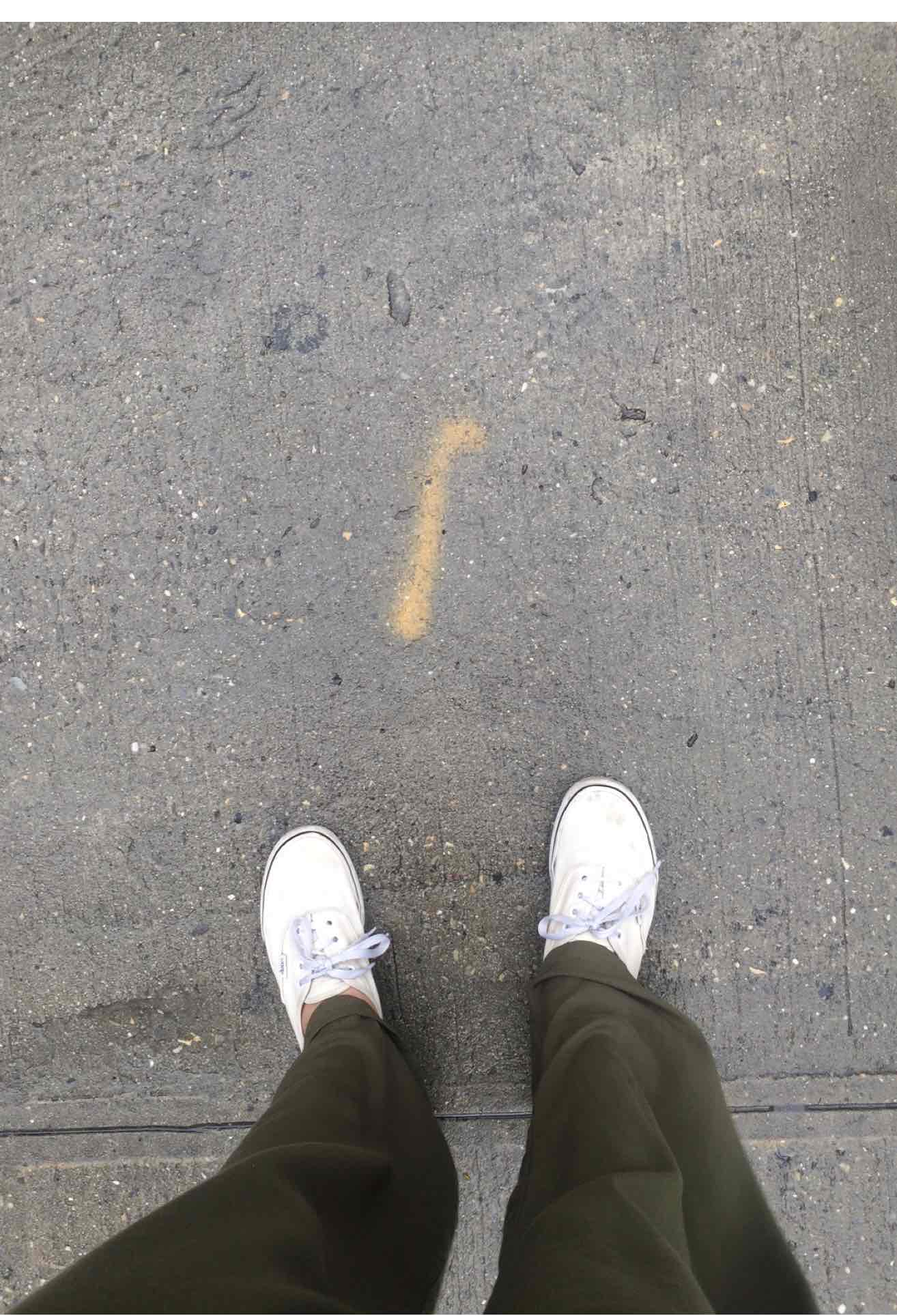What Did Our Students Gain From the SSRP? A Summary Of Our 2018 PhotoVoice Project.
Last summer, during our SSRP, we introduced a PhotoVoice Project, where students documented their experience via 5 meaningful photos. The results were truly touching!

The PhotoVoice project launched in China in the 1990s as a way to enable people to share their unique experiences through photographs of their day-to-day lives. Since then, the project has grown tremendously as a social justice tool and medium for artistic communication.
While many barriers exist that separate individuals—whether they originate from socioeconomic status, racial origin, gender identity, religious practice or sexual orientation—photography unites people from diverse backgrounds by removing cultural barriers and facilitating connections that are rooted in shared emotions. Transferring the raw emotion of a photo is something that doesn’t require language or, at times, even context. Yet, it bonds us.
Last summer, RockEDU Science Outreach decided to bring this project to the Summer Science Research Program (SSRP). The SSRP is a 7-week intensive summer research program where highly motivated and qualified high school students work in a Rockefeller University laboratory under the mentorship of a scientist. Students are matched with a specific laboratory—based on a multitude of factors including research interests, long-term goals and overall compatibility—and develop a unique research project alongside their mentor. The experience of working at a prestigious biomedical institution in high school equips students with an array of invaluable professional, personal and academic skills that will remain applicable throughout their lives.
To represent their 7-week experience, students were instructed to reflect on their experiences in the SSRP by choosing five meaningful photographs of their experience. When choosing these representative moments, students were encouraged to keep in mind their unique experience within their role as an SSRP student and their goals for enacting change within the institution or broader scientific community.
Since this was our first year introducing the PhotoVoice project, we were unsure what to expect. However, the results were astoundingly moving.
Many students included photographs of The Rockefeller University campus and laboratories alongside anecdotes of their connection to their workspace and the broader institution. Students included photographs of their mentors, peers and commutes. Students detailed their successes and accomplishments. Students detailed their failures, fears and frustrations. Some photos included captions, while others were shared independently. Yet, with or without text, all photos spoke volumes.
Posted below, are some excerpts taken from our student submissions.

“This stoop is where all of the best memories are held. When I had trouble understanding a concept, we would sit outside and go through it. Stepping out of the lab and into the fresh air was a remembrance that we are humans. This stoop holds loads of stories and moment of “ahh I understand”. It was also the stoop of reflection. I hope that many others see this stoop in the same way or have their own stoop to just sit out and spend time thinking.”

“I always thought it was funny that the neurons I traced (in the image on the right) throughout my research project looked pretty similar to a NYC metro map — and I feel like a metro map is almost representative of how we should treat science. Yes, it may be hard to understand, and it may require some time and assistance to make sense of, but, in order for an end destination to be reached, it is vital that we work to understand it.”

“The SSRP program was certainly worth the long (2.5 hours!) commute. Having the opportunity to venture far beyond my immediate local community every day was both exciting and humbling — and it made me realize that this sort of exploration will inevitably remain important to me in the future.”
Not only do these photos represent the experience of the students, but they also catalogue the individual growth that occurred through out the program. When the students arrived, many were overwhelmed, nervous and even a bit skeptical. Yet, upon completing the program, many of our students noted their feelings of triumph and revelations regarding their role within the scientific community.
Much of this was due to the role of their mentors. For many students, working alongside a scientist is extremely daunting. Having limited exposure to scientists (outside of their school teacher), working with a strong mentor is critical in demonstrating what science can look like for a high school students. In a sense, these mentors represents a mental “photograph” by which the student can envision their future in science.
The goal of this assignment was two-fold. First, we wanted our students to tell their stories. Although all of our SSRP students ended up in our program due to their passion for science, research and inquiry, they each arrived at Rockefeller with unique backgrounds, expectations and goals. We intended for these photos to draw on those shared, and individualized experiences to represent what our students gained from their experience.
Additionally, this project serves as an excellent tool for program and mentorship evaluation. Understanding what our students are taking away from this experience—as scientist, adolescents and future professionals—allows us to critically evaluate our impact and make adjustments for the future.
Ultimately, the end results were far beyond what we could have imagined, and we are extremely eager to continue to develop our program, evaluate its efficacy and recruit more passionate mentors. Stay tuned for more information on the SSRP of 2019!

















